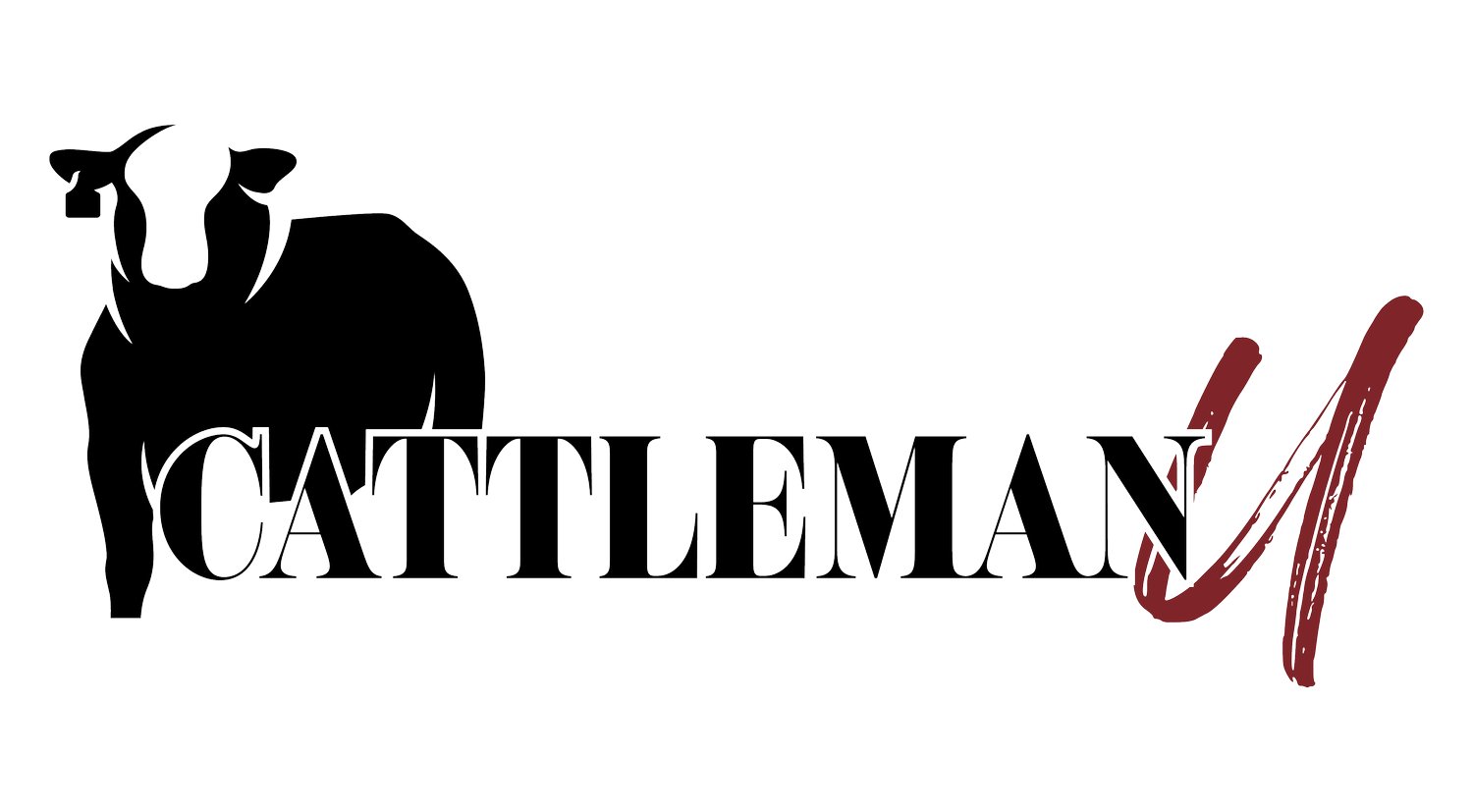Hay & Grazing Basics: What Every New Farmer and Rancher Should Know
Hay production and grazing management are cornerstones of a successful cattle operation, especially in regions like southwest Missouri, where diverse forages and variable weather present both opportunities and challenges. For new or beginning farmers—or anyone exploring the potential of leasing or buying hay ground—understanding the basics is key.
Why Focus on Grazing and Hay?
Feeding cattle is one of the largest costs in a cow-calf operation, often accounting for 40% to 60% of total expenses. Efficient pasture and hay management not only supports healthy cattle but can also significantly reduce input costs. In areas where rainfall supports forage growth, maximizing the yield and quality of that forage is crucial.
Regional Conditions and Forage Selection
Missouri, like many midwestern states, enjoys a climate and soil profile that supports a wide range of forage types. Tall fescue dominates hay production in the region, making up roughly 80% of the typical forage mix, followed by Bermuda grass at 15%, and other varieties like wheat and sorghum-sudangrass rounding out the remaining 5%.
Tall Fescue: Known for its adaptability and drought tolerance, tall fescue thrives in moist, well-drained silt loam or clay soils. While its toxicity can be a concern in some regions, local herds are well-adapted to it. Learn more about managing endophyte-infected tall fescue: University of Kentucky Forages - Tall Fescue
Bermuda Grass: Excellent for hot, dry conditions typical of mid-summer. It picks up where tall fescue slows down, offering strong yields in July through early fall.
Sorghum-Sudangrass and Wheat: These fast-growing, high-yielding grasses are palatable and perform well during warm periods. Sorghum-Sudangrass as a Forage Crop
Hay Production Timelines and Yields
The timing of hay production is driven by a mix of plant maturity and weather conditions:
Tall Fescue: Typically yields two cuttings per year. The first cutting is ideal between May 15 and June 15, depending on rainfall and dry days. A second cutting occurs in late September or early October. Under optimal conditions, some pastures may allow for a third cutting.
Bermuda Grass: First cutting begins around July 1, with subsequent cuttings every six weeks, often yielding three per season.
Bales are generally 4x6 round bales weighing between 900 and 1,100 pounds. Average yield ranges from 3 to 6 bales per acre, depending on soil fertility and rainfall.
Field and Equipment Preparation
Soil health is the foundation of effective forage production. Fields are prepared based on soil testing that identifies nutrient deficiencies. The three key nutrients—nitrogen, phosphorus, and potassium—are replenished using fertilizers. A cost-effective and nutrient-rich option in the region is turkey litter, applied once a year, typically in late winter or early spring.
Weed control is another critical step. Herbicides like Grazon are used to manage broadleaf weeds including thistles, ragweed, and horse nettle. Cattle are typically removed from hay fields by mid-March to allow sufficient regrowth before cutting.
When to Cut and Bale
Cutting hay at the optimal stage ensures quality. For most grasses, the "boot to early head" stage—just before or as the seed head emerges—is ideal. Once cut, hay is left to dry for a day or two, then raked and baled.
Moisture testing is vital. For dry hay, moisture must be below 18%. For wrapped bales, moisture should be below 30%. Decisions on wrapping are made based on weather and grass type. For example, sorghum-sudangrass and wheat are typically wet-wrapped due to their moisture content and density.
Storage and Use
Most hay in this region is used for feeding livestock on-farm rather than sold. Surplus hay is stored as a buffer for drought years. Hay is generally fed within two years, as quality begins to degrade beyond that point. Storage planning and rotation help maintain forage quality year-round.
Final Thoughts
Whether you're just getting started or looking to refine your approach, mastering hay production and grazing strategies is essential. From soil preparation to forage selection and harvest timing, each decision impacts the sustainability and profitability of your cattle operation. With the right knowledge and a bit of planning, even newcomers can set themselves up for success.
Did you enjoy today’s post? Want more resources?
Get ahead of the curve by listening to our Weekly Podcast Episode. No fluff, just real talk from the ground up. Hit play and stay ahead of the curve. Listen now — your herd (and your bottom line) will thank you!
And while you’re at it, explore more free guides and resources built for ranchers like you:
Join our Weekly Email — packed with real-world insights and early-bird discounts
Attend our Grazing Retreat, where you will master forage management
Watch episodes on our Video Podcast Channel
Connect with Us
Stay in the loop and follow along:
📸 @cattlemanu| @krosecompany| @rose.karoline
💻 KRose Company | Cattleman U
